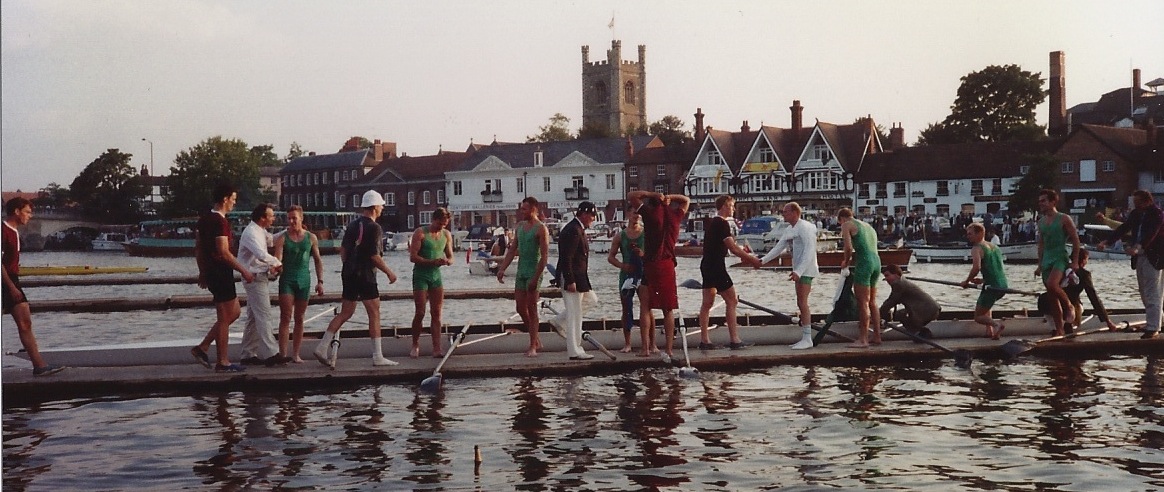Originally published on 3 February 2013. Updated 11 October 2015. Coda added 27 March 2022.
The tradition of singing national anthems before international sporting matches is believed to have originated at Cardiff Arms Park on 16 December 1905. The occasion was the first rugby match between Wales and New Zealand.
During that year’s home internationals, Wales had won the Triple Crown. (France didn’t play their first match in Britain until 1907 and didn’t officially become part of the Five Nations until 1910.) By the time New Zealand’s inaugural northern hemisphere tour reached Cardiff for the test against Wales, they were undefeated after 27 matches, including victories against the other three home nations. 801 points had been scored, just 32 conceded.
With two undefeated sides coming face-to-face, the match was billed in the press as the “match of the century”.
The shirt worn by the All Blacks Captain in the 1905 Wales vs New Zealand match was put up for auction in October 2015. It sold for £180,000 to set a new world record for a rugby shirt.
Their pre-match haka had added to the aura of All Black invincibility. Having traveled to watch the visitors play at Gloucester, the Welsh Rugby Union decided to undertake their own experiment in psychological warfare at the Arms Park. At the end of the haka, Teddy Morgan led the Welsh team in singing Hen Wlad Fy Nhadau. After a few seconds, the capacity crowd of 40,000 picked up the refrain. The Lyttleton Times reported to its readers in New Zealand that “The effect was intensely thrilling, even awe-inspiring.”
For the record, Wales defeated the All Blacks by 3-0, although the result remains the subject of controversy to this day with allegations that a New Zealand try had not been awarded. The New Zealand Rugby Museum account of the tour can be found here.
Recognition of Hen Wlad fy Nhadau as the Welsh national anthem effectively dates from 1905. Prior to the match in Cardiff, it had been a popular song, originally called Glan Rhondda, that had been written in 1856 by Evan James from Pontypridd and his son James. So not only did the “match of the century” at Cardiff Arms Park start the tradition of singing anthems before international fixtures, it also effectively gave Wales its own anthem.
A history of The Welsh National Anthem by Sion Jobbins was published on the eve of the 2013 Six Nations prompting strange debates on several BBC Radio stations on whether it should be sung by non-Welsh speakers.
Coda
The Welsh football team played Austria in a World Cup qualifying play-off semi-final on Thursday 24 March 2022. Before kick-off Dafydd Iwan, singer, song-writer and former president of Plaid Cymru, led the crowd at the Cardiff City Stadium in singing Yma O Hyd. With a title that translates as “Still Here”, the anthem celebrates the survival of Welsh despite the systematic marginalisation of the language between the passing of the Laws of Wales Acts of 1535 and 1542 and the Welsh Language Act of 1993.
The passion of the rendition from young and old, native and non-Welsh speakers shows the song strikes a powerful chord with the spectators that make up Wales’ “Red Wall”. It raises the question as to whether 24 March 2022 will become as important to defining Welsh identity as 16 December 1905 was?
The lyrics – in Welsh and English – with footnotes to explain some of the less well known cultural references can be found here.



